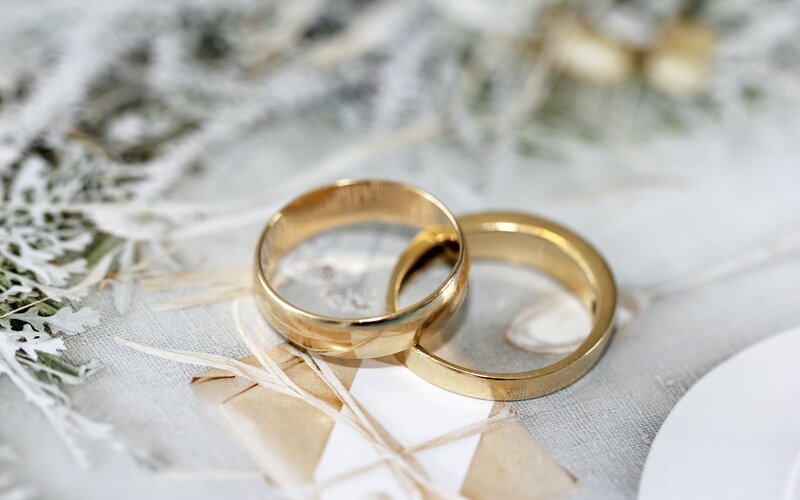New research by the Property Investment Professionals of Australia (PIPA) revealed that high or low interest rates haven't historically influenced property prices.
Instead PIPA found factors such as affordability, local economic conditions, consumer sentiment, or access to lending has sparked market activity.
PIPA analysed five periods during which the cash rate increased, which showed that house prices continued to rise - sometimes 'significantly - after rate hikes of 275 basis points.
For example, the 275 basis point cash rate increase from June 1994 to December 1994 still saw house prices increase 1.1% during that time.
It's been 11 years since the Reserve Bank last increased the cash rate.
| Dates | Cash rate increase | House price increase |
| June 1994 to December 1994 | 2.75% | 1.1% |
| September 1999 to September 2000 | 1.5% | 7.5% |
| March 2002 to December 2003 | 1% | 35.7% |
| March 2006 to December 2006 | 0.75% | 8.4% |
| June 2007 to March 2008 | 1% | 8.9% |
| September 2009 to December 2010 | 1.75% | 10.5% |
Source: PIPA, RBA, ABS
PIPA Chairman Peter Koulizos said the strength or weakness of the property market often had more to do with local economic conditions such as affordability, and that rate adjustments are 'never the sole underlying reason'.
"There has been much conjecture over the past 18 months that record low interest rates are the singular reason why property prices have skyrocketed, when the cash rate was already at a former record low of 0.75% before the pandemic hit," Mr Koulizos said.
"There are clearly a number of factors at play, including some buyer hysteria I’m afraid to say, but one of the main reasons for our booming market conditions is easier access to credit, which was simply not the case two years ago when rates were also low."
'Alarmist' commentary driving property market speculation
Mr Koulizos said alarmist commentary is being used to scare people into thinking property prices would automatically start falling significantly once interest rates go up.
Additionally, he referenced the use of 'scare mongering' about people not being able to afford their mortgages once rates rise, even just by just one percentage point, by using examples of extreme mortgage debt.
"The latest ABS lending indicators showed that the national average loan size for owner-occupier dwellings was $574,000 in September, which shows that the vast majority of people are not racking up massive singular mortgages of $1 million or more," Mr Koulizos said.
"It’s vital to understand that new loans are already being stress-tested against much higher interest rates of about 5.65%, so there is little to be gained by alarmist 'forecasts' that are just not supported by the data."
Mr Koulizos said that if interest rates were to rise by one percentage point on a $574,000 loan, the monthly repayments may increase by about $73 per week.
APRA considering limits on 'higher-risk' loans
APRA recently released an information paper warning that stricter lending restrictions on higher-risk loans may be deployed to manage "systemic risk" in the financial sector.
Alex Lawler, Lending Support Manager at digital lending and payment provider WLTH, said this move comes with the release of data revealing household debt is higher than income.
"While Australia's overall lending standards have, for the most part, remained sound, there have been signs of some increased risk-taking," Mr Lawler said.
"History suggests that large and mid-sized lenders reacted differently to APRA's policies."
Mr Lawler said the four major banks are known for transitioning their lending into mortgage types not target by strict policies by cutting interest-only lending.
On the other hand, mid-sized banks didn't mirror this strategy; the difference may be linked to the big banks' operational systems being 'more capable' of implementing the move according to Mr Lawler.
"Removing these strict limits will come with sufficient improvement in lending standards and reducing the identified risks," he said
"However, should debt continue to climb, APRA may consider launching policy tools that it has been exploring that can help with lowering."
Advertisement
Buying a home or looking to refinance? The table below features home loans with some of the lowest interest rates on the market for owner occupiers.
| Lender | Home Loan | Interest Rate | Comparison Rate* | Monthly Repayment | Repayment type | Rate Type | Offset | Redraw | Ongoing Fees | Upfront Fees | Max LVR | Lump Sum Repayment | Additional Repayments | Split Loan Option | Tags | Features | Link | Compare | Promoted Product | Disclosure |
|---|---|---|---|---|---|---|---|---|---|---|---|---|---|---|---|---|---|---|---|---|
6.04% p.a. | 6.08% p.a. | $3,011 | Principal & Interest | Variable | $0 | $530 | 90% | 4.6 Star Customer Ratings |
| Promoted | Disclosure | |||||||||
5.99% p.a. | 5.90% p.a. | $2,995 | Principal & Interest | Variable | $0 | $0 | 80% | Apply in minutes |
| Promoted | Disclosure | |||||||||
6.09% p.a. | 6.11% p.a. | $3,027 | Principal & Interest | Variable | $0 | $250 | 60% |
| Promoted | Disclosure |
Image by Matese Fields on Unsplash

Ready, Set, Buy!
Learn everything you need to know about buying property – from choosing the right property and home loan, to the purchasing process, tips to save money and more!
With bonus Q&A sheet and Crossword!






 Harry O'Sullivan
Harry O'Sullivan
 Harrison Astbury
Harrison Astbury
 Bernadette Lunas
Bernadette Lunas
 Rachel Horan
Rachel Horan


